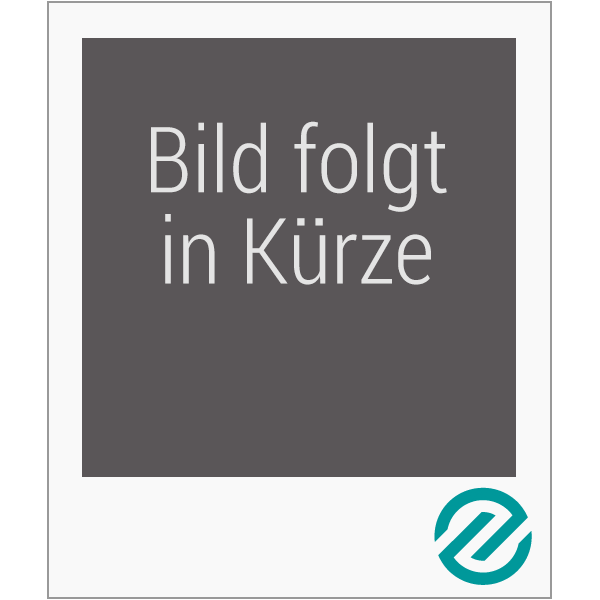The opening up, and subsequent tearing down, of the Berlin Wall in 1989 effectively ended a historically unique period for Europe that had drastically changed its face over a period of fifty years and redefined, in all sorts of ways, what was meant by East and West. For Germany in particular this radical change meant much more than unification of the divided country, although initially this process seemed to consume all of the country's energies and emotions. While the period of the Cold War saw the emergence of a Federal Republic distinctly Western in orientation, the coming down of the Iron Curtain meant that Germany's relationship with its traditional neighbours to the East and the South-East, which had been essentially frozen or redefined in different ways for the two German states by the Cold War, had to be rediscovered. This volume, which brings together scholars in German Studies from the United States, Germany and other European countries, examines the history of the relationship between Germany and Eastern Europe and the opportunities presented by the changes of the 1990's, drawing particular attention to the interaction between the willingness of German and its Eastern neighbours to work for political and economic inte-gration, on the one hand, and the cultural and social problems that stem from old prejudices and unresolved disputes left over from the Second World War, on the other.
List of Contents
Keith BULLIVANT / Geoffrey GILES: Introduction: Germany and Eastern Europe
Historical Perspectives: Ethnic and Cultural Identity in the Borderlands
Volker R. BERGHAHN: Germans and Poles, 1871-1945
Richard BLANKE: When Germans and Poles Lived Together: From the History of German-Polish Relations
Alan E. STEINWEIS: Eastern Europe and the Notion of the "Frontier" in Germany to 1945
Doris L. BERGEN: The 'Volksdeutschen' of Eastern Europe, World War II, and the Holocaust: Constructed Ethnicity, Real Genocide
Martin ANDREE and Daniel FULDA: Anticommunism and (West) German Identity; An Analysis of Metaphors and Concepts of History in the F.A.Z. (1949-1952)
German Literature and Eastern Europe: Changing Mentalities
Jürgen LIESKOUNIG: "Branntweintrinkende Wilde" Beyond Civilization and Outside History: The Depiction of the Poles in Gustav Freytag's "Soll und Haben"
Alice FREIFELD: The De-Germanization of the Budapest Stage
Walter PAPE: Vita Nuova: Moscow and the German Writers
Anna CAMPANILE: Landscape of Memories: Eastern Euro-pean Rooms in the Poetry and Prose of Johannes Bo-browski
Germany and Eastern Europe: Before and After 1989
Karl SCHLÖGEL: Berlin: "Stepmother among Russian Cities"
Patricia KOLLANDER: "Malevolent Partnership or Blatant Opportunism?" Croat-German Relations, 1919-1941
Thomas C. FOX: Imagining Eastern Europe in East Ger-man Literature
Uwe KOREIK and Jiri STROMSIK: The Contemporary Czech View of Germany and the Germans
Herta MÜLLER: In the Trap
Brigid HAINES: Subjectivity (Un)Bound: Libuše Moníková and Herta Müller
Rumjana KIEFER: The Image of Germany in Contemporary Bulgarian Literature
Croat-German Relations, 1919-1941"
Notes on Contributors
Index
List of Contents
Keith BULLIVANT / Geoffrey GILES: Introduction: Germany and Eastern Europe
Historical Perspectives: Ethnic and Cultural Identity in the Borderlands
Volker R. BERGHAHN: Germans and Poles, 1871-1945
Richard BLANKE: When Germans and Poles Lived Together: From the History of German-Polish Relations
Alan E. STEINWEIS: Eastern Europe and the Notion of the "Frontier" in Germany to 1945
Doris L. BERGEN: The 'Volksdeutschen' of Eastern Europe, World War II, and the Holocaust: Constructed Ethnicity, Real Genocide
Martin ANDREE and Daniel FULDA: Anticommunism and (West) German Identity; An Analysis of Metaphors and Concepts of History in the F.A.Z. (1949-1952)
German Literature and Eastern Europe: Changing Mentalities
Jürgen LIESKOUNIG: "Branntweintrinkende Wilde" Beyond Civilization and Outside History: The Depiction of the Poles in Gustav Freytag's "Soll und Haben"
Alice FREIFELD: The De-Germanization of the Budapest Stage
Walter PAPE: Vita Nuova: Moscow and the German Writers
Anna CAMPANILE: Landscape of Memories: Eastern Euro-pean Rooms in the Poetry and Prose of Johannes Bo-browski
Germany and Eastern Europe: Before and After 1989
Karl SCHLÖGEL: Berlin: "Stepmother among Russian Cities"
Patricia KOLLANDER: "Malevolent Partnership or Blatant Opportunism?" Croat-German Relations, 1919-1941
Thomas C. FOX: Imagining Eastern Europe in East Ger-man Literature
Uwe KOREIK and Jiri STROMSIK: The Contemporary Czech View of Germany and the Germans
Herta MÜLLER: In the Trap
Brigid HAINES: Subjectivity (Un)Bound: Libuše Moníková and Herta Müller
Rumjana KIEFER: The Image of Germany in Contemporary Bulgarian Literature
Croat-German Relations, 1919-1941"
Notes on Contributors
Index

